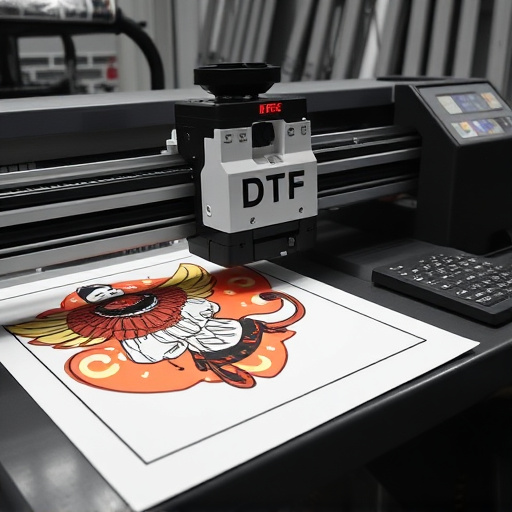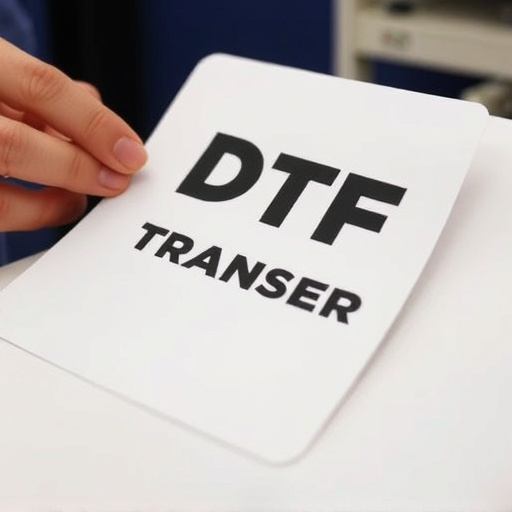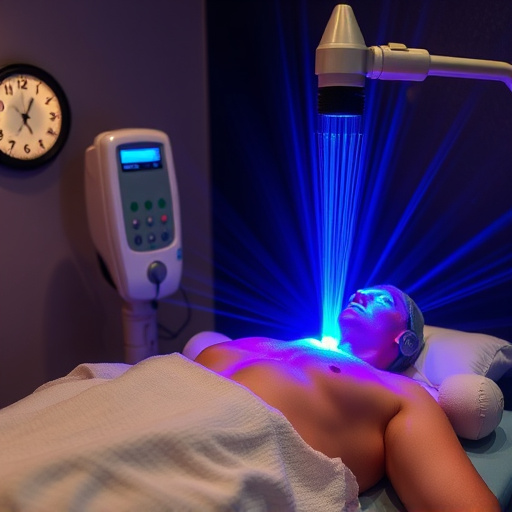Post-shockwave plantar fasciitis treatment, expect temporary tenderness, swelling, or bruising. Chiropractic care can alleviate pain and reduce inflammation. Short-term discomfort after treatment is normal, indicating healing. Proper post-injury care accelerates recovery; seek medical advice if pain persists. Shockwave therapy offers promising outcomes, but long-term recovery varies. Regular check-ins with healthcare providers are crucial for managing complications. A healthy lifestyle complements shockwave therapy's effects for long-term management.
“Considering shockwave plantar fasciitis treatment? While it offers promising relief, understanding common side effects is crucial. This comprehensive guide delves into the potential experiences post-treatment, from short-term discomfort that may arise to long-term recovery and rare complications. By familiarizing yourself with these aspects, you’ll be better equipped to navigate your journey towards healing and optimize the outcomes of shockwave therapy for your plantar fasciitis.”
- Understanding Common Side Effects Post-Treatment
- Short-Term Discomfort: What to Expect
- Long-Term Recovery and Potential Complications
Understanding Common Side Effects Post-Treatment

After undergoing shockwave plantar fasciitis treatment, it’s crucial to be aware of potential side effects. While many patients experience significant relief from pain and discomfort, a range of common temporary aftereffects can occur. These may include mild to moderate tenderness, swelling, or bruising at the treatment site. It’s important to remember that these side effects are usually indicative of the body’s natural response to the healing process rather than adverse reactions to the treatment itself.
Understanding these potential outcomes empowers patients to manage their expectations and take proactive steps towards recovery. Chiropractic care, for instance, can play a vital role in managing pain, reducing inflammation, and accelerating healing following shockwave therapy. Personal injury chiropractic specialists are well-versed in post-treatment wellness care, offering tailored adjustments and recommendations to ensure optimal recovery and prevent future flare-ups.
Short-Term Discomfort: What to Expect

After undergoing shockwave plantar fasciitis treatment, it’s natural to experience some short-term discomfort. This is a common side effect and typically resolves within a few days. You might feel mild to moderate pain or sensitivity in your foot, especially when you first get up in the morning or after periods of inactivity. This temporary discomfort is a sign that the treatment is working to stimulate healing in the affected area.
The recovery process involves muscle relaxation and repair, which can take some time. Post-injury care is crucial during this phase. Keeping your foot elevated, applying ice packs, and engaging in light stretching exercises recommended by your healthcare provider can help alleviate discomfort. Remember, while these side effects are normal, if the pain persists or intensifies, you should consult your doctor to ensure everything is on track for a successful sciatica treatment and proper healing of your plantar fasciitis.
Long-Term Recovery and Potential Complications

While shockwave plantar fasciitis treatment has shown promising results for many patients, long-term recovery may vary. It’s important to note that it can take several weeks or even months for the full benefits of this non-invasive treatment to become apparent. During this period, individuals might experience improved mobility and reduced pain, indicating their body is responding positively to therapy. However, as with any medical procedure, there are potential complications. These can include minor inflammation, temporary increased pain, or in rare cases, tissue damage.
It’s crucial for patients to follow up with their healthcare provider after treatment and report any unusual symptoms. Regular check-ins help ensure a smooth recovery process and allow the healthcare team to address any issues promptly. Moreover, maintaining a healthy lifestyle, including regular exercise and proper footwear, can support long-term management of plantar fasciitis even after shockwave therapy.
While shockwave plantar fasciitis treatment offers promising relief, understanding its common side effects is crucial for effective post-care. Short-term discomfort is typical, but if long-term symptoms persist or complications arise, immediate medical attention should be sought. By staying informed about these possibilities, patients can better navigate their recovery journey and achieve optimal results from shockwave therapy.














